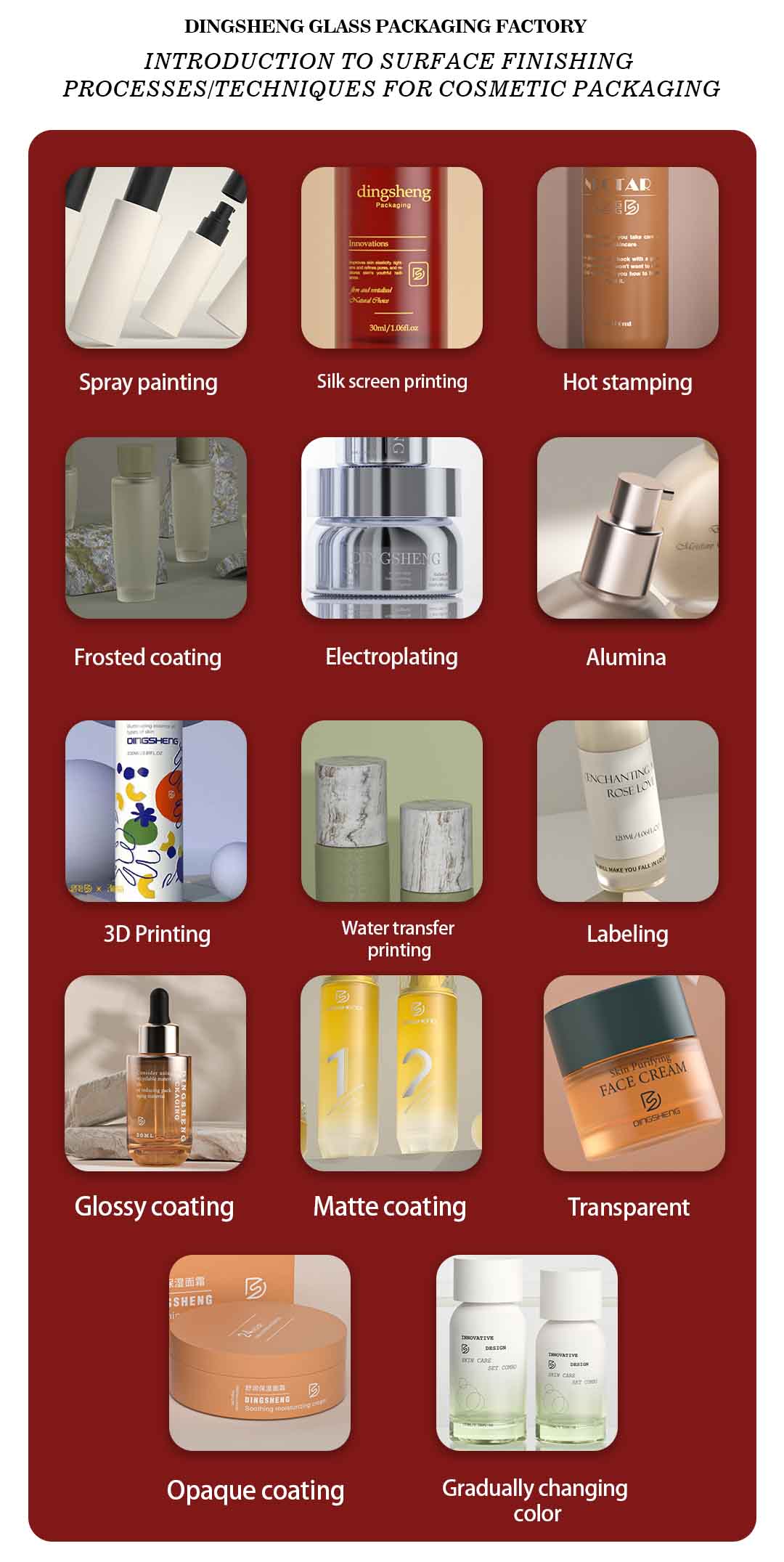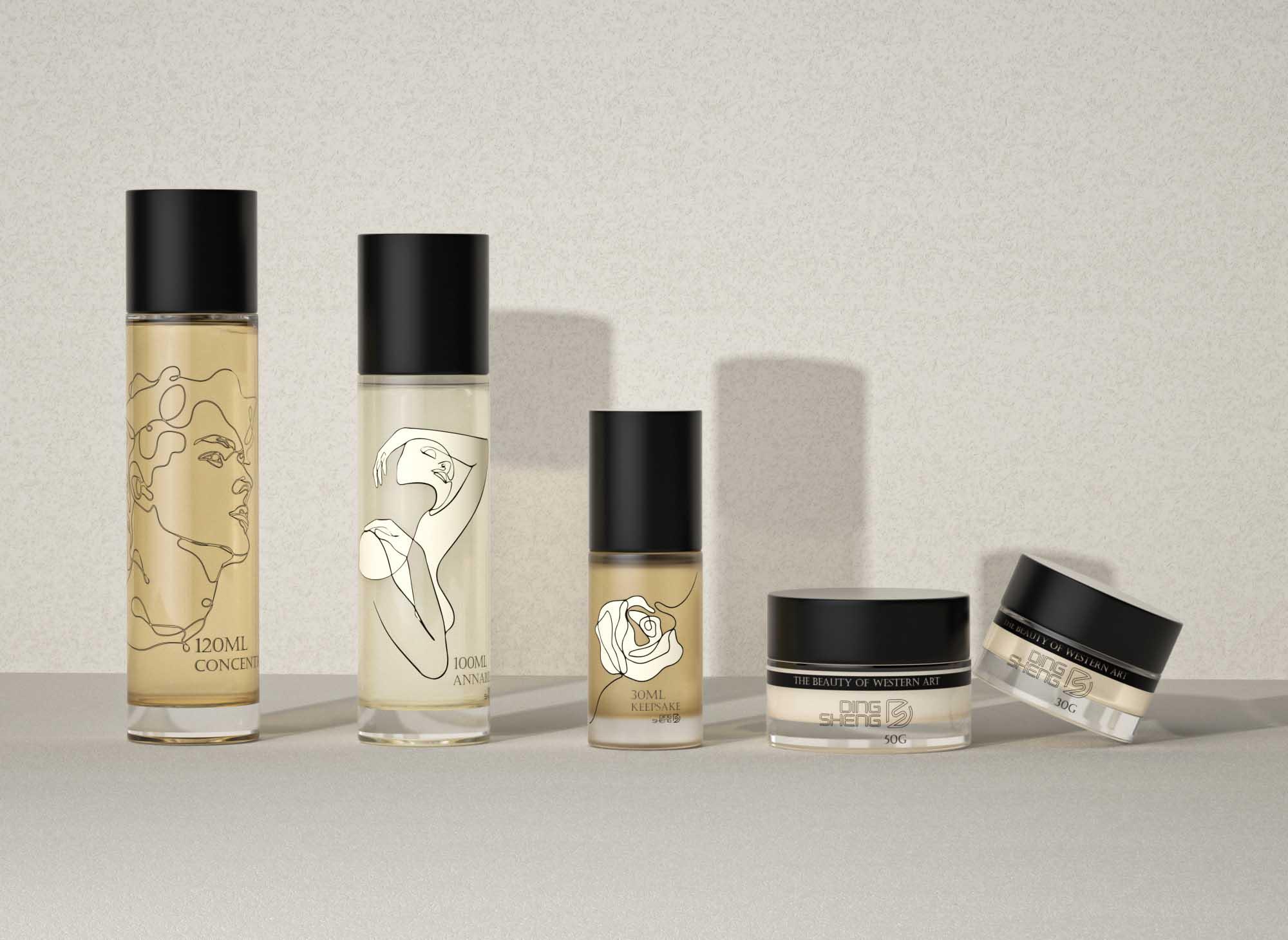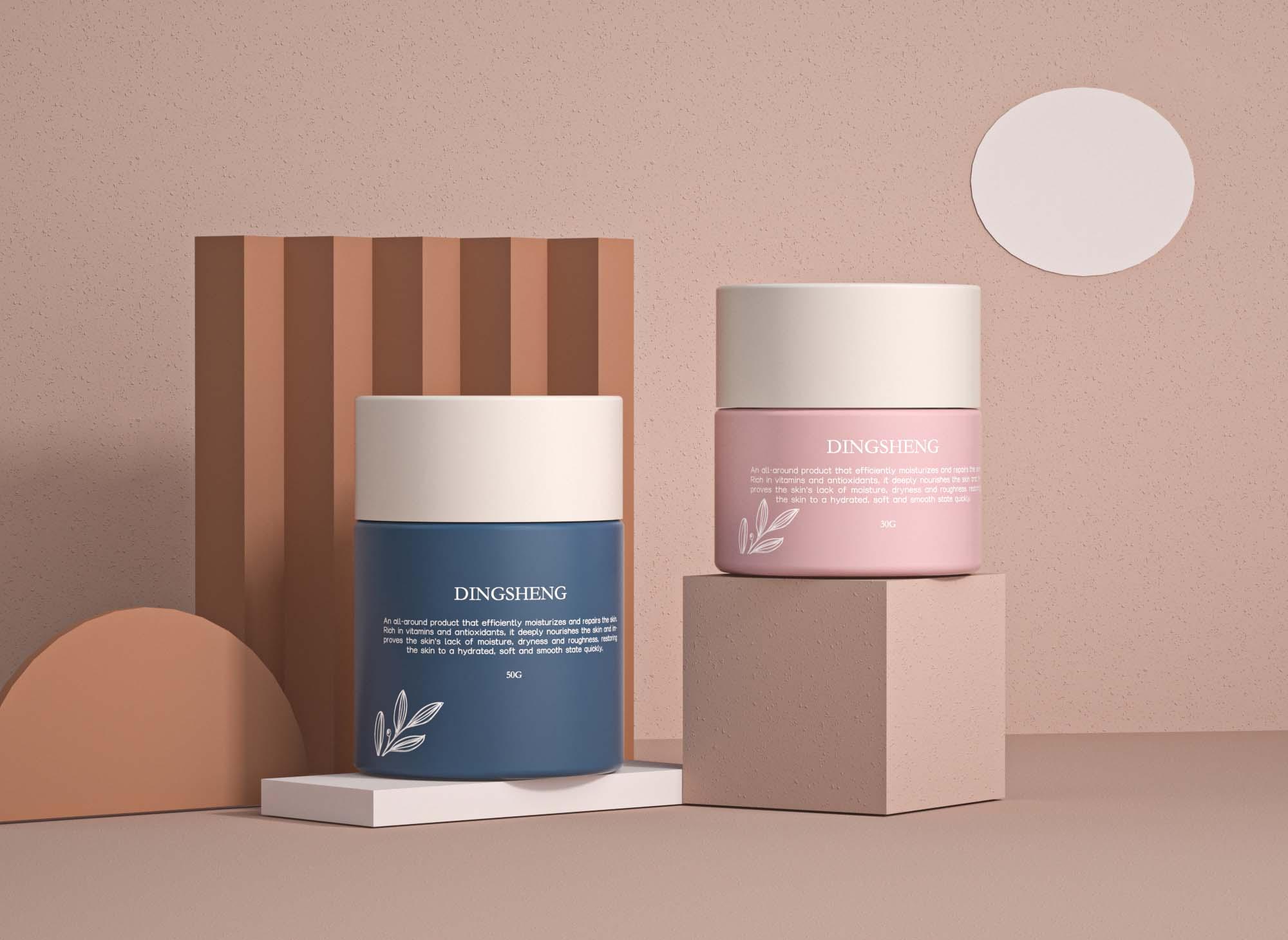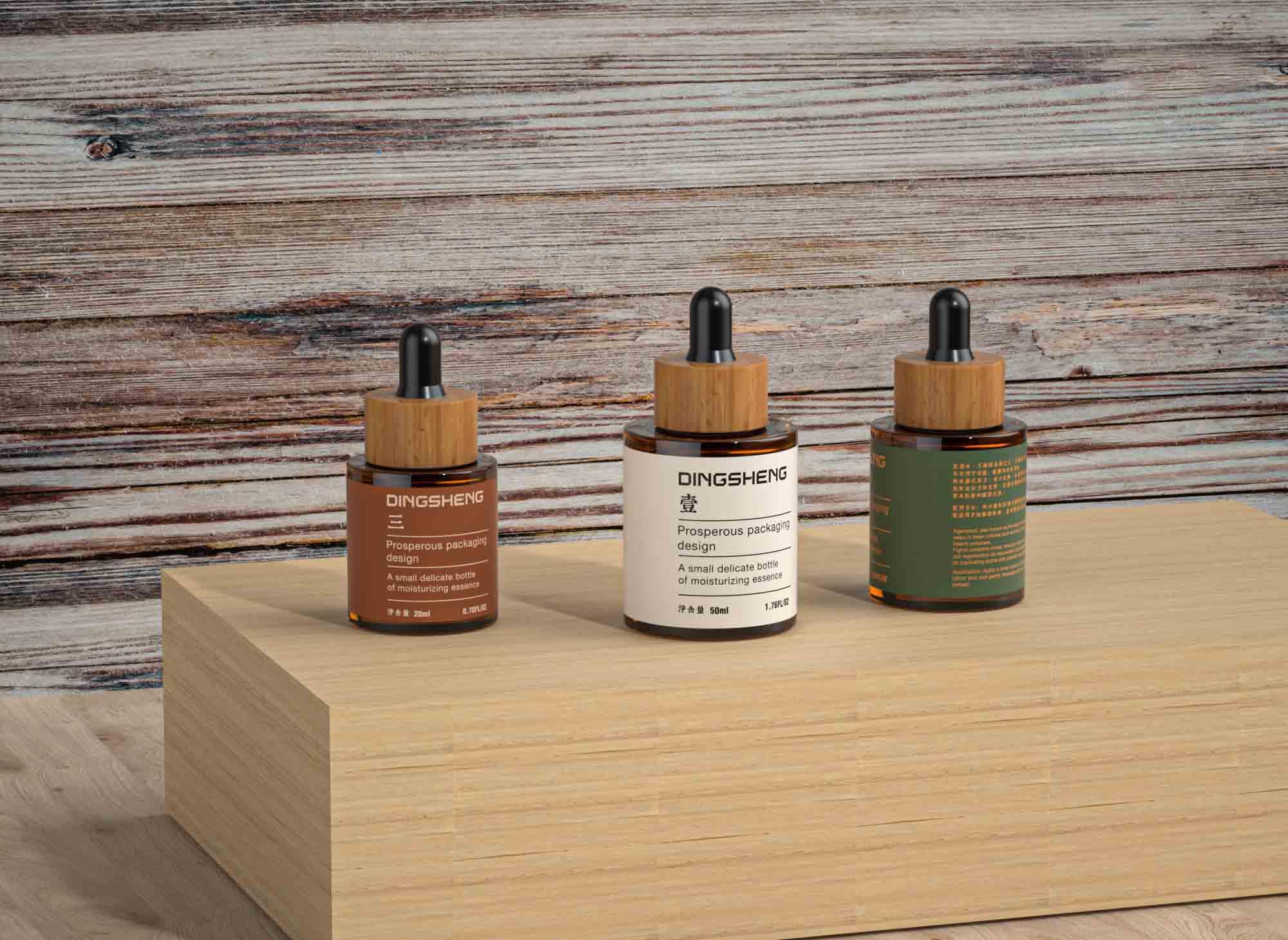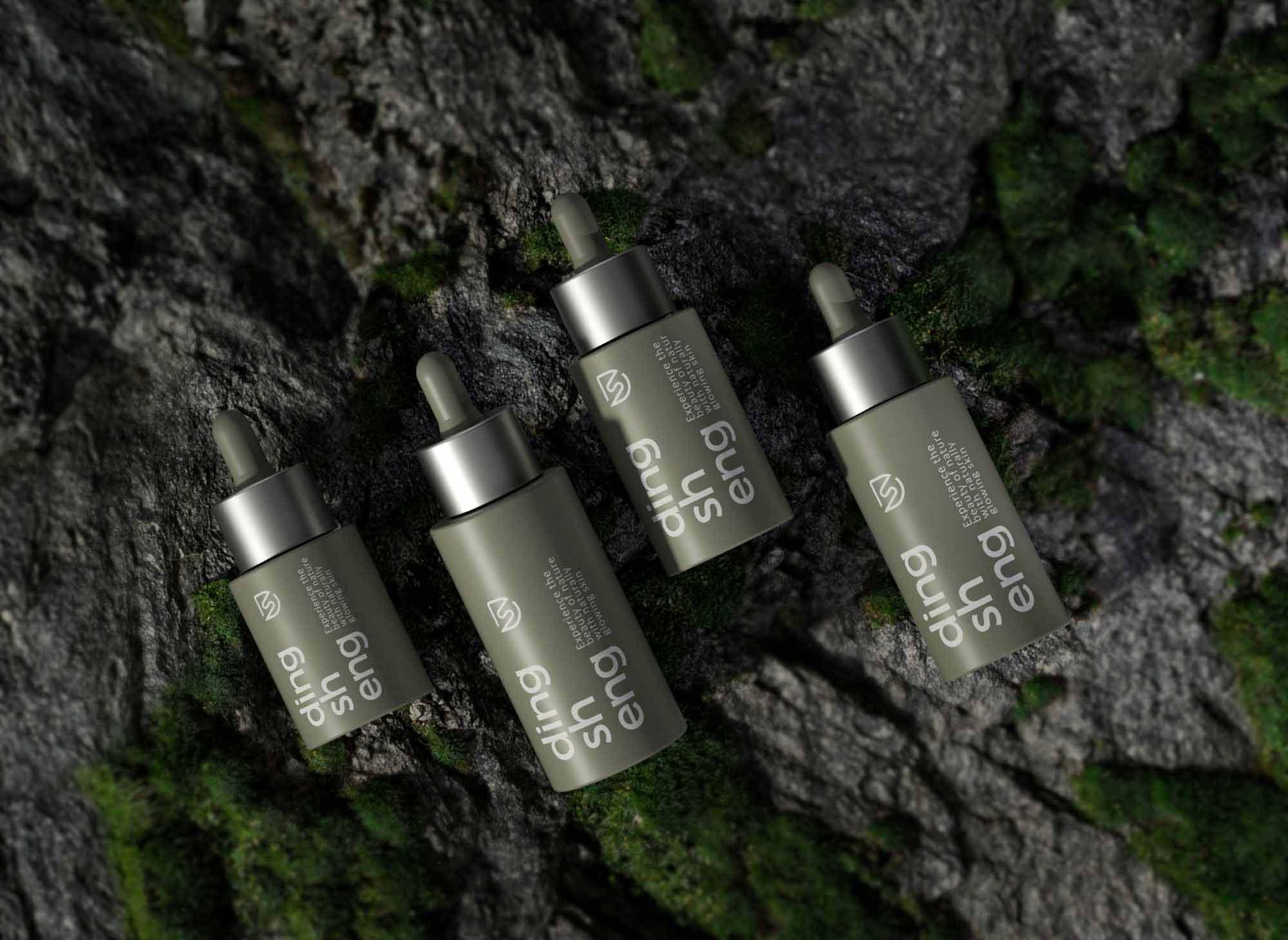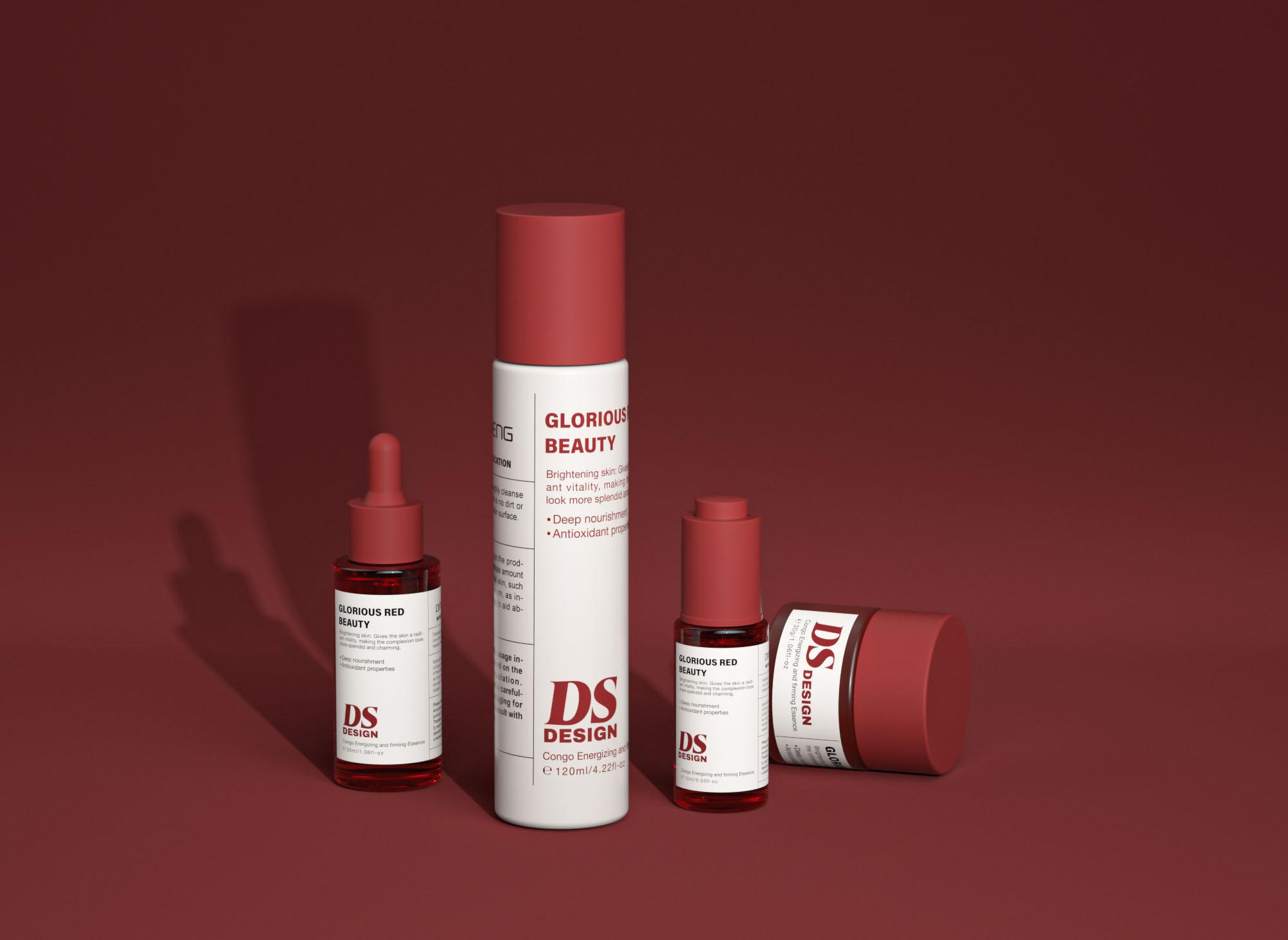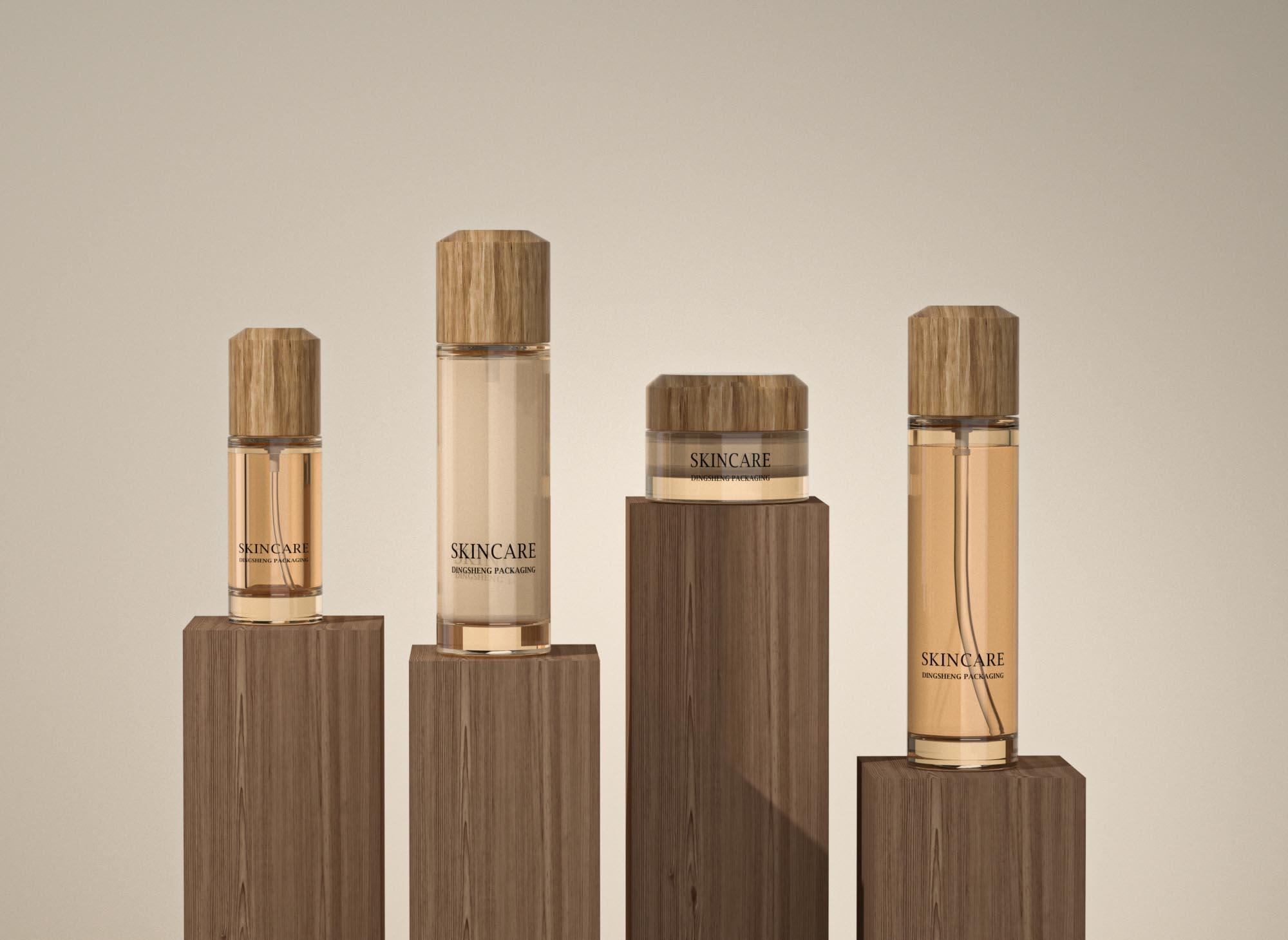Innovation and Sustainability Drive Growth in the Aluminum Can Lid Industry
The aluminum can lid industry is experiencing robust growth, fueled by a combination of innovation and sustainability initiatives. As consumer preferences shift toward eco-friendly packaging solutions, manufacturers are stepping up their game to meet the demands of the market.
In recent years, the aluminum can lid industry has witnessed significant advancements in technology. These advancements have led to the development of lids that are not only functional but also enhance the overall consumer experience. Manufacturers are focusing on creating lids that are easy to open, resealable, and provide optimal protection for the product.
One notable innovation in the industry is the introduction of smart lids. Equipped with sensors and indicators, these lids provide real-time information about the freshness and quality of the contents inside the can. This technology allows consumers to make more informed decisions and provides an added layer of convenience.
Furthermore, sustainability has become a key driver for the aluminum can lid industry. Aluminum is widely recognized as one of the most recyclable materials, making it an ideal choice for environmentally conscious consumers. Manufacturers are now adopting greener practices, such as using recycled aluminum for lid production and implementing energy-efficient manufacturing processes.
To further support the sustainable efforts, industry players are actively involved in initiatives to increase recycling rates of aluminum cans and lids. Collaborations with recycling organizations and awareness campaigns are being undertaken to educate consumers on the importance of recycling and the positive environmental impact it can have.
The growth of the xmbaofeng aluminum can lid industry presents promising opportunities for manufacturers, suppliers, and consumers alike. With continuous innovation and a strong commitment to sustainability, the industry is poised to play a significant role in shaping the future of packaging.
As the industry continues to evolve, stakeholders are encouraged to stay informed about the latest advancements and explore opportunities for collaboration. By leveraging innovation and sustainability, the aluminum can lid industry will not only meet market demands but also contribute to a greener and more environmentally friendly future.
